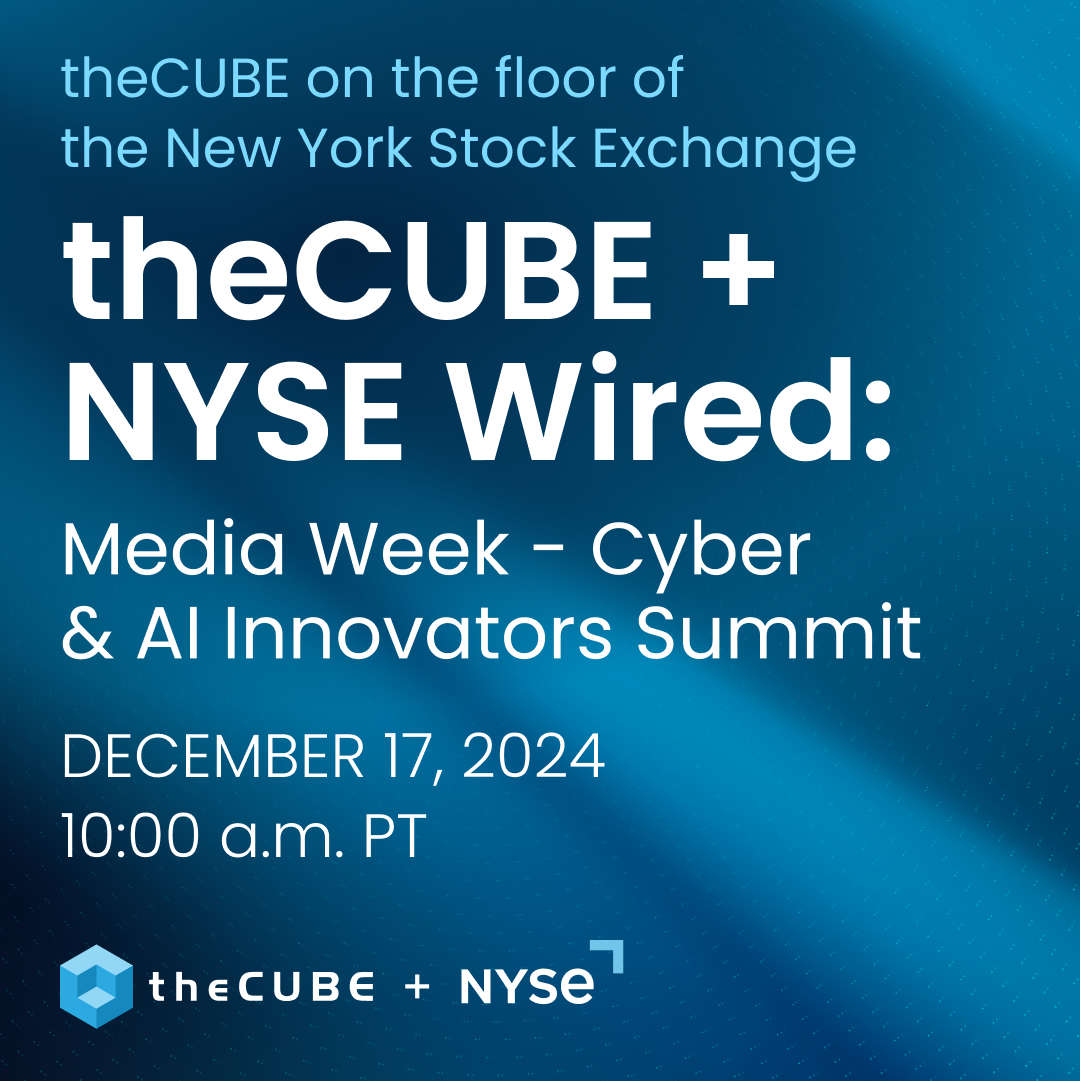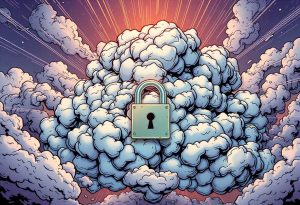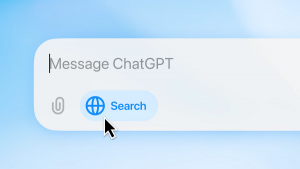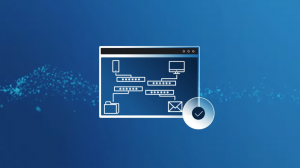Digital Renaissance changes billion dollar art industry: Sedition director explains why you should care [IMAGES]
![]() Last year, the Economist reported, “Few cultural mediums have defied the digital revolution quite like the art market…[it] seems impervious to the ascent of e-commerce…traditions die hard.” As with other industries, the digital wave is making the art world more social, less hierarchical and increasingly diverse. When a slow moving giant like the art industry picks up speed, it’s worth a closer look.
Last year, the Economist reported, “Few cultural mediums have defied the digital revolution quite like the art market…[it] seems impervious to the ascent of e-commerce…traditions die hard.” As with other industries, the digital wave is making the art world more social, less hierarchical and increasingly diverse. When a slow moving giant like the art industry picks up speed, it’s worth a closer look.
Spotify and Amazon have changed the way we relate to music and books, allowing us to enjoy our entire collections in digital format. We are witnessing similar shifts in the art world with platforms like the Google Cultural Institute, which allows users to browse artworks exhibited from around the world. Art.sy’s Art Genome Project boasts an equally impressive art database, which similar to Pandora, recommends artworks based on a user’s complex preferences. Mediuum, which won MIT’s Creative Arts Competition, allowing users to stream art to any wi-fi enabled device or screen. As Kathryn Tully reported in Forbes, there are currently more than 300 online art platforms.
The digital renaissance is here and Sedition is one of the bold frontrunners in the virtual wave. The site features emerging and established artists like Damien Hirst, Jenny Holzer and Yinka Shonibare amongst others in its extensive database. Solely showcasing digital works to be displayed on smartphones, tablets and screens, the company’s platform reflects its mission of making art more affordable and accessible to a broader audience. Sedition also retains key components of traditional art sales, providing limited editions that can be traded virtually.
I spoke with Sedition director, Rory Blain about the company’s vision and operations. We also discuss the perceived end of physical art galleries as well as copyright concerns with digital reproductions. We also asked him a few fun and personal questions, including who his dream creative co-conspirator would be.
Doug Foster, Veil of Light, Displayed on TV screen, courtesy of www.seditionart.com
How did Sedition come about?
Sedition was created to bring the traditional art world into the modern era – digital limited editions are the natural evolution of silkscreens etchings and woodcuts. We wanted to allow people who are traditionally priced out of the market for fine art to be able to collect works of art from the most renowned artists of our generation.
Why the name?
Sedition is a play on ‘edition’ and ‘sedition’ – we sell limited editions and what we do is to some extent, is challenging the status quo and undermining the norm.
Why do you offer the curated platform in addition to the Open platform? How do the curators decide, which art will be showcased in the curated section?
The curated section is by invitation only, and the criteria our curators use for this is much the same as the criteria in place for any exhibition in the physical domain of museums and galleries. It is important to offer our collectors some guidance on what work is out there and what we are responding to. Overall the curated area of the site tends to have more established artists whose careers have attained a certain recognition – though there are exceptions.
Alongside the very well known and celebrated names from the gallery world we have tried to offer a platform to the pioneers of online work and other new media. This is an ever-changing and fluid process – some artists have been invited onto the curated section after first exhibiting their work on open platform. The Open platform is just that – a free forum where any artist can sign up to present and sell their work as digital limited editions.
FIELD, Forays: Somasexual, Displayed on iPad, courtesy of www.seditionart.com
Even though the art you feature is exclusively digital, you all have kept some of the same practices and advantages of owning and selling or trading physical art. But, how do you decide how to price a work of digital art? What factors influence the decision?
There are a range of factors that influence price – the size of the edition, the complexity of the work, production costs, the artist’s intentions for the work, the historical prices for a particular artist, and the existing market. The range of prices on Sedition is still very tight – from £5 to £1000. Next year will see the advent of some new smaller editions (under 50) with higher prices, which will increase the range.
Does digital art appreciate differently than physical art?
Despite all the focus on ‘digital’ as the defining element of these artworks, it’s not really how we think of them. To the artists – and to us – they are just artworks. They happen to be created or presented in digital media. They are subject to the same price pressures, up or down, that any physical print might follow. Earlier this year we launched the Sedition Trade platform, which allows collectors to resell any edition they have purchased that has sold out. It’s a great way to fill in gaps in your collection, change works that don’t quite fit – and of course you can see the price movement and history of the artworks.
Given that your customers purchase high-res digital files, how do you protect against reproduction? What stops people from putting these high-res images up on social media platforms, altering them and/or using them as their own for other purposes?
We take the protection of the artworks very seriously and there are a number of ways in which we protect from unauthorized copying and distribution. The works are digitally watermarked when viewing without purchasing. Each work comes with a signed and numbered certificate of authenticity and we track the owner of each edition. Artworks are streamed from the platform and can only be downloaded into the apps for offline viewing – but the app is a protected environment and doesn’t allow the files to be distributed or copied.
Do you think these copyright concerns are warranted?
Yes absolutely warranted. The internet has been an incredible tool for communication and the sharing of information, but artists naturally have a vision of how they want to present their work and want to have some quality control over how their work is encountered. There needs to be a degree of pragmatism – if you Google the name of a well-known artist or artwork you will almost certainly find some images online, whether they are sanctioned by the artist or posted from someone’s smartphone. That’s just a fact of the modern world. But if an artist wants to present their work in digital form it’s natural that they want to ensure the art appears as they intended, and that they are remunerated for their work.
In the same way book and record stores are fading, do you think we’ll see the end of traditional art galleries replaced by digital galleries in the future?
No I don’t think so – there was a lot of talk years ago about the impact of photography on traditional art forms, the death of painting, the rise of new media, etc. None of these doomsday scenarios have happened – digital media will have a similar effect to photography. Far from being disadvantageous it will add depth and breadth to the artistic landscape, one more medium to explore, another tool for the artists toolbox.
You feature some artists whose work was initially designed for display in physical format and others whose work was intended for digital display. Are there any special considerations for artists in translating physical art into a format for digital display?
No special considerations. The artists create, and we provide the platform to host and present the work.
Bob & Roberta Smith, “Art Makes Children Powerful,” Displayed on tablet, courtesy of www.seditionart.com
How have artists responded to Sedition?
The single most united response has been excitement about the reach of this medium. The new audience and collector base that artists can reach in this way is very exciting. I think it has a fundamental appeal – every artist wants their work to be seen, and whilst it’s good to be sought-after and collected most would prefer that their work is more readily viewable than it might be in a private collection – limited editions in this format are a great way to achieve that.
What are some challenges you all incurred in growing Sedition? How did you work through them?
There are far too many to name – from the technical to the conceptual! We love what we are doing and want to create the best possible site for the artists and collectors. That motivation keeps us working to improve.
If you could have had the chance to collaborate with any artist from history, who would it be?
Leonardo da Vinci. He is the most extraordinary polymath I can think of from any era.
What’s the best advice you’ve been giving on finding creative inspiration?
Stop chasing it so hard.
Favorite quote by an artist?
Inspiration exists but it likes to find us working. — Picasso
Matt Pyke, Transfiguration, courtesy of www.seditionart.com
A message from John Furrier, co-founder of SiliconANGLE:
Your vote of support is important to us and it helps us keep the content FREE.
One click below supports our mission to provide free, deep, and relevant content.
Join our community on YouTube
Join the community that includes more than 15,000 #CubeAlumni experts, including Amazon.com CEO Andy Jassy, Dell Technologies founder and CEO Michael Dell, Intel CEO Pat Gelsinger, and many more luminaries and experts.
THANK YOU











